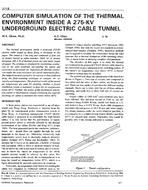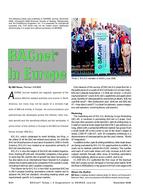The aims of this study it to improve conditions inside Bedouin tents shelters and to develop tools to assess shelter quality and comfort. A prototype tent was tested in hot conditions with an internal vapor load. Temperature, humidity measurements and air speed were taken inside the shelter while the external temperature was maintained at 40°C (104°F). Building performance simulation was conducted to produce a simulation model. A model of a tent was constructed using the EnergyPlus simulation software and were calibrated with the test data. The shelter models were simulated in Wadi Rum, Jordan using real data from. The feasibility of heating the tent using only the casual gains from occupants and solar radiation was investigated, although it was found that a tent heated in this way would only be appropriate in spring and autumn. Design issues included coping with stratification of air temperature inside the tent, improving thermal comfort without compromising fabricating the materials cheaply and simply. The validity of the results is limited by the lack of measured data for rates of air infiltration.
Citation: First International Conference on Energy and Indoor Environment for Hot Climates, Doha, Qatar, February 2014
Product Details
- Published:
- 2014
- Number of Pages:
- 8
- File Size:
- 1 file , 2.5 MB
- Product Code(s):
- D-2014FICEConf-14-2


